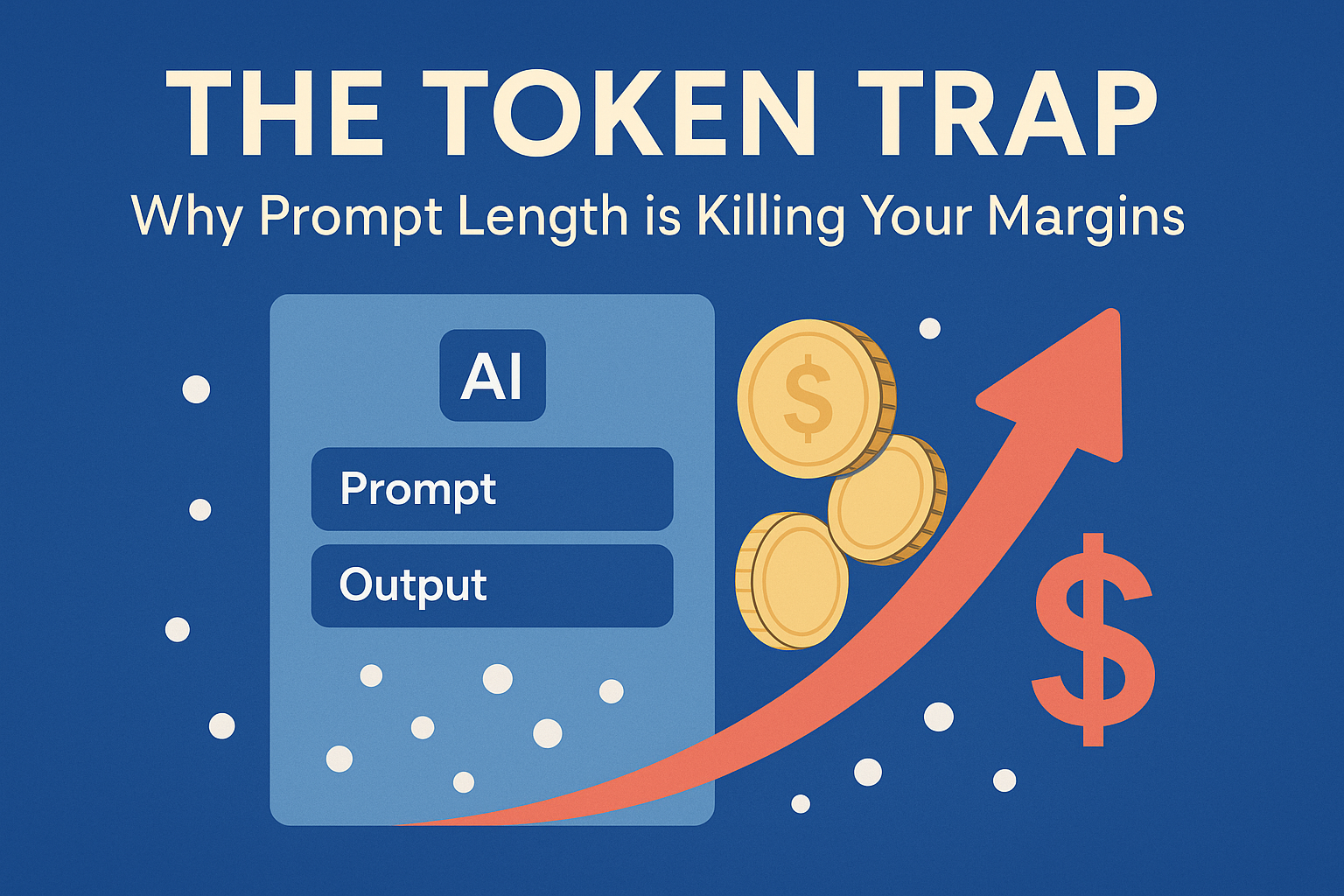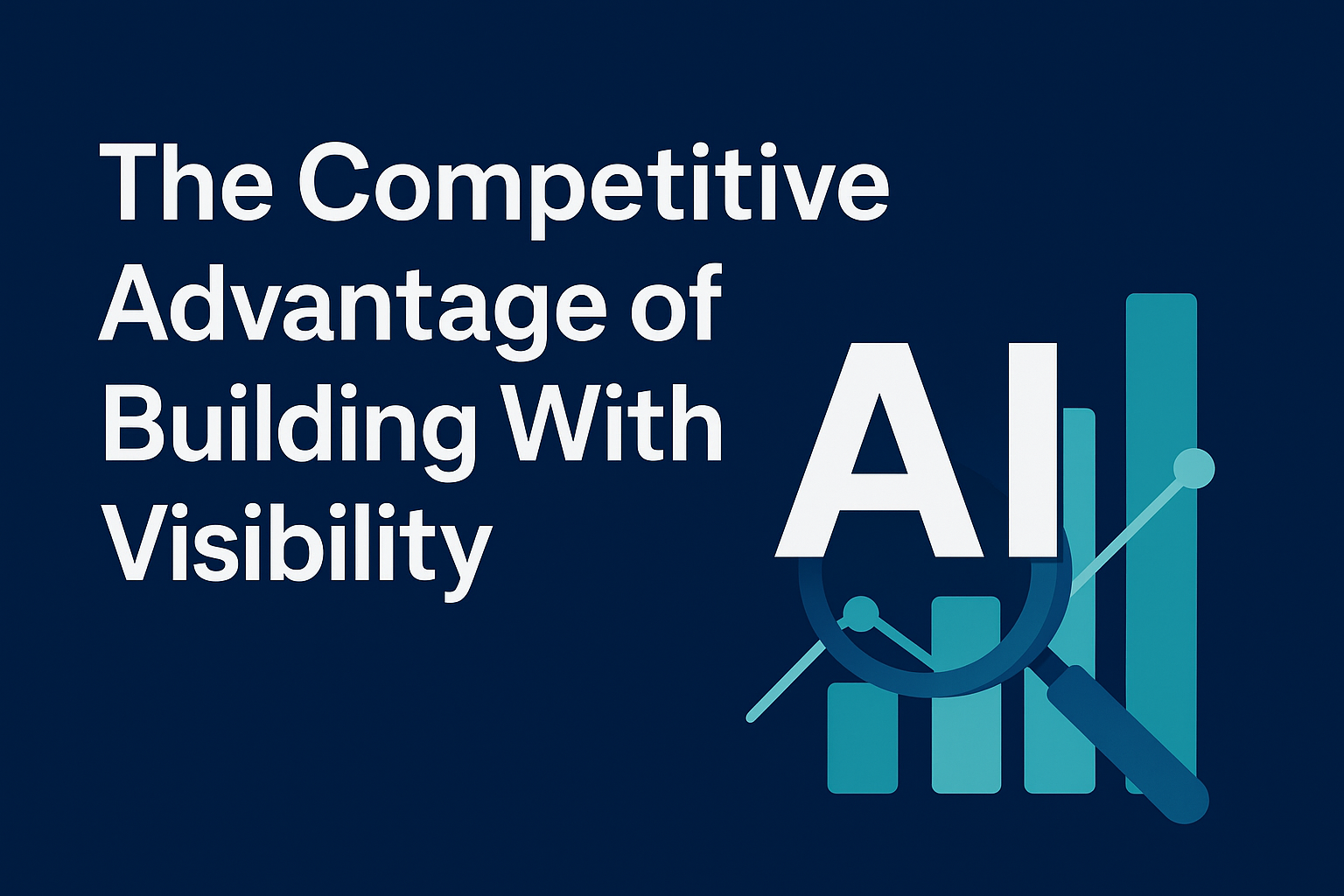By John Rowell
Co-founder & CEO, Revenium
www.revenium.io
Most engineering teams still treat AI features like any other product work: build it, test it, ship it, move on. Maybe someone estimates the cost once. Then it’s out of sight, out of mind.
But every time a user interacts with an AI-powered feature, your infrastructure budget takes a hit. Unlike traditional software, where cost is mostly front-loaded and predictable, AI is different.
It’s continuous. It’s variable. And if you’re not watching closely, it’s invisible.
That means you could be quietly burning through budget while everything looks fine. Until the invoice arrives, and you’re left wondering where those extra thousands came from.
So, where do these hidden costs actually come from? And more importantly, how do you get ahead and stop them? Let’s unpack.
Every Interaction is a Transaction: 4 Realities About AI Costs You Can’t Ignore
1. Every Interaction Costs Money
LLMs and other AI services charge by the request, the token, or the inference. So every time your product does something like:
- Autocompletes a prompt
- Generates a response
- Summarizes something in the background
- Scans content for moderation
…you’re spending money.
Even the things users don’t see, like retries, timeouts, latency padding, or odd tokenization quirks, quietly chip away at your budget.
Tip: Don’t just track how much a feature is used. Track how it’s used. Usage patterns matter more than volume.
2. Poor Prompting = Pricey Outputs
Your prompt might seem fine in staging. But small inefficiencies, longer than necessary context windows, vague system messages, and unbounded outputs can quietly become a budget drain when scaled across thousands of calls.
And often, users don’t even notice that extra text. But your invoice will.
Tip: Keep prompts short, structured, and purposeful. Revisit templates regularly. You’ll save tokens and improve performance.
3. Feature value ≠ Feature cost
Some AI features simply aren’t worth what they cost to run. Some real examples we’ve seen are:
- A “smart” summarizer that looked sleek but cost 10x more than expected, with minimal UX impact
- Semantic search with bad caching logic, leading to GPU-backed cost spikes
- A productivity tool rewriting tasks with a 40% failure rate, causing wasted interference and frustrated users.
The key question to ask: Is this feature delivering enough value to justify what we’re paying for it?
Tip: Measure cost per successful outcome, not just success rate or uptime. That’s what actually matters.
4. You Can’t Fix What You Can’t See
Traditional cloud cost tools aren’t built for AI. You need deeper insight:
- Cost attribution per feature
- Real-time alerts on usage spikes
- Model-level cost breakdowns
- A clear map from “user clicked button” to “we got charged”
Without this, you are flying blind.
The Path Forward
Every interaction is a transaction:
- Smart teams track it.
- Great teams optimize it.
- The best teams design with visibility from day one.
That’s the future of FinOps for AI.
At Revenium, we’re building that visibility, so you can map costs directly to usage, product value, and engineering choices. When you can see what’s happening, you make faster, better decisions with confidence.
Closing Thought
If you’re building or operating AI features, ask your team:
- Which of our features trigger model or API calls?
- How many of those are retried, failed, or unused?
- What’s the cost-per-outcome for our top 3 AI features?
- If costs spiked 3x overnight, would we know why?
If those answers are fuzzy and unclear, you’re not alone. Most teams are.
👉 Want to go deeper? Learn how Revenium helps teams see and control AI costs.









